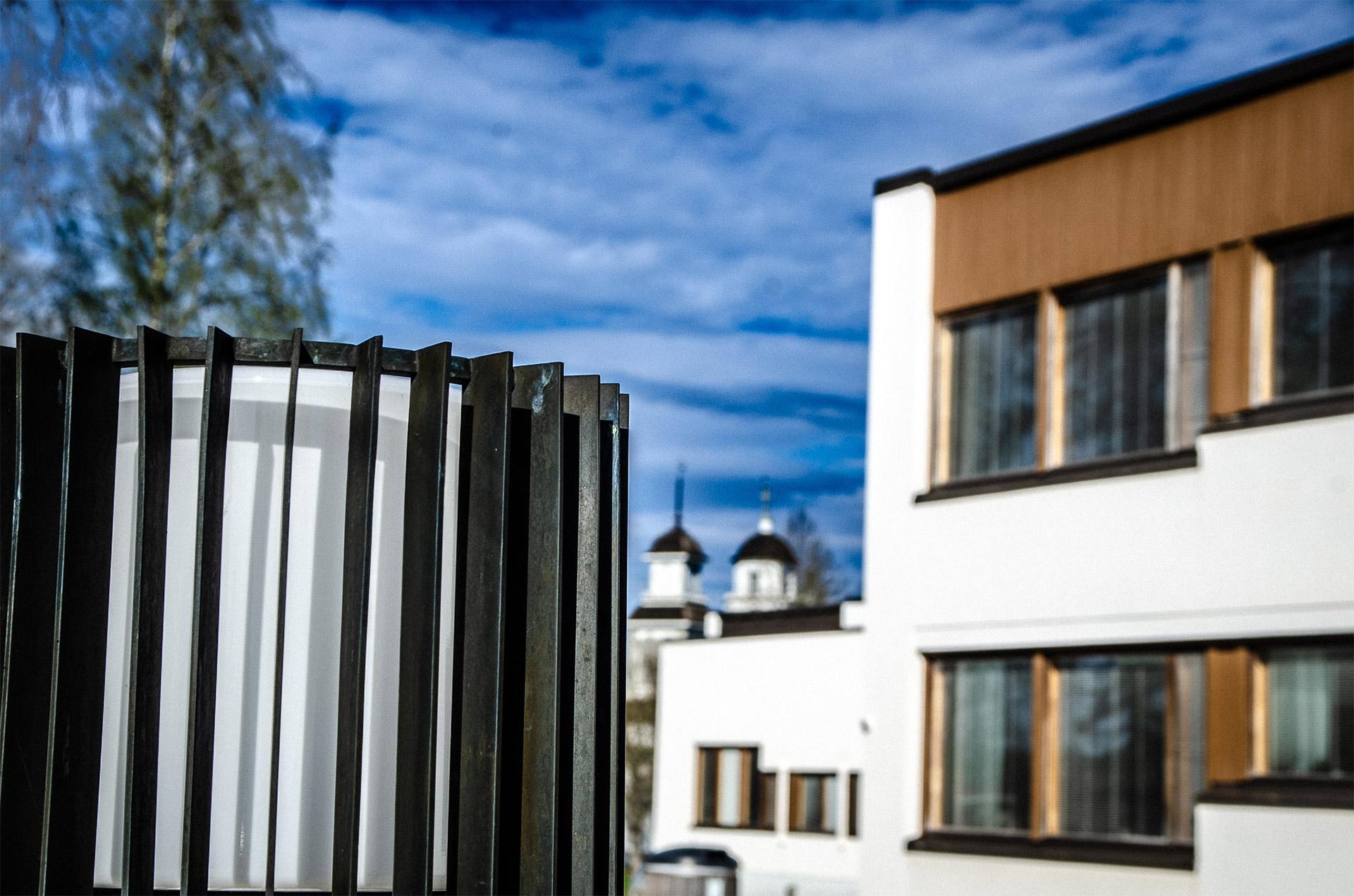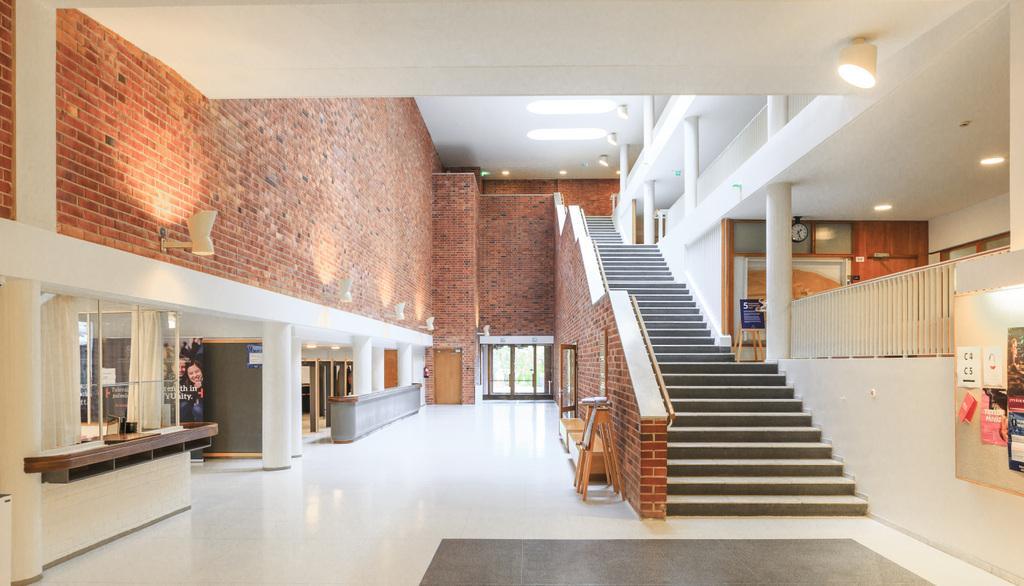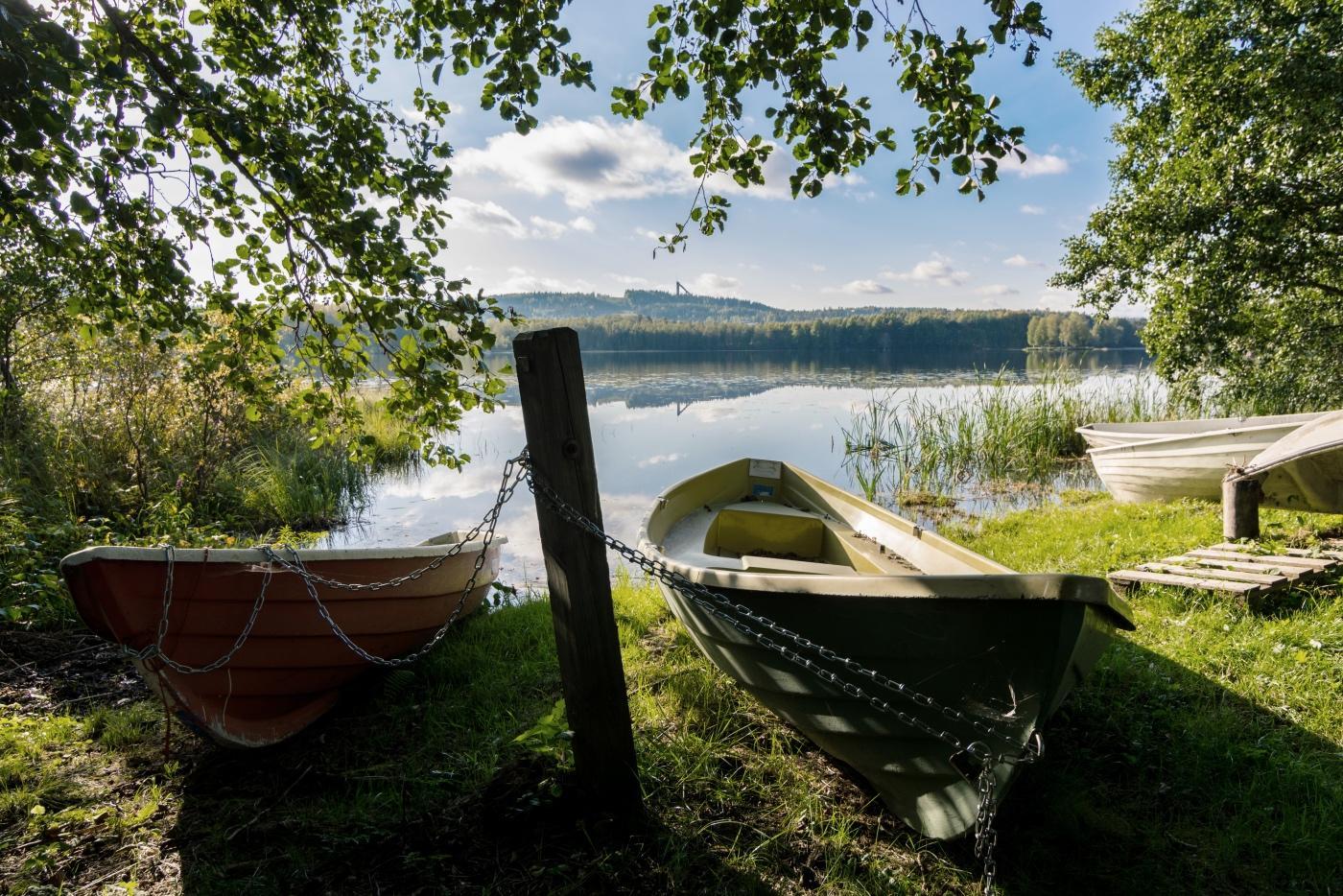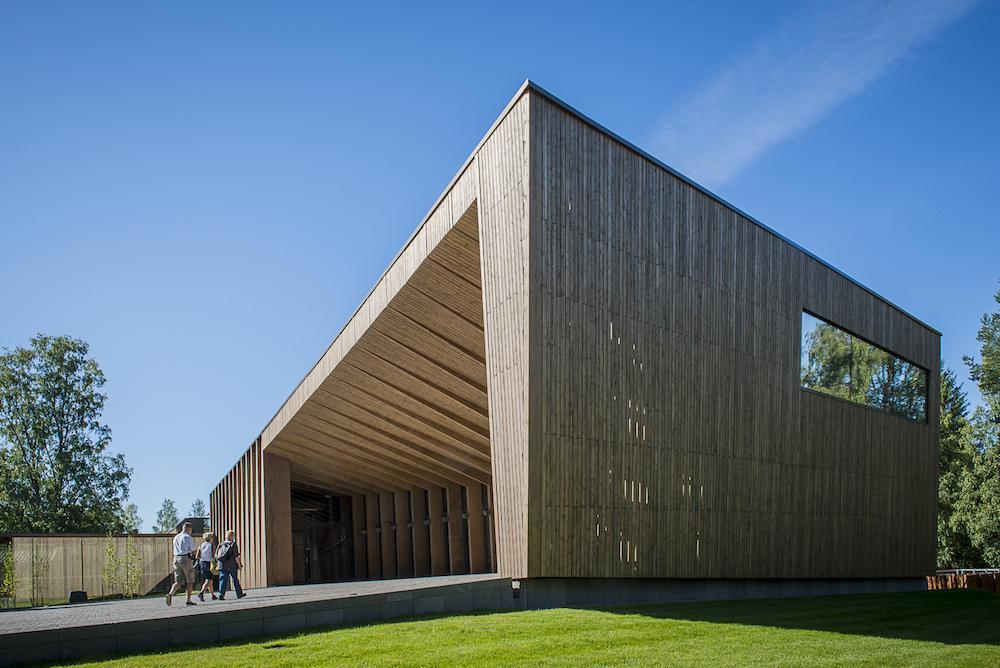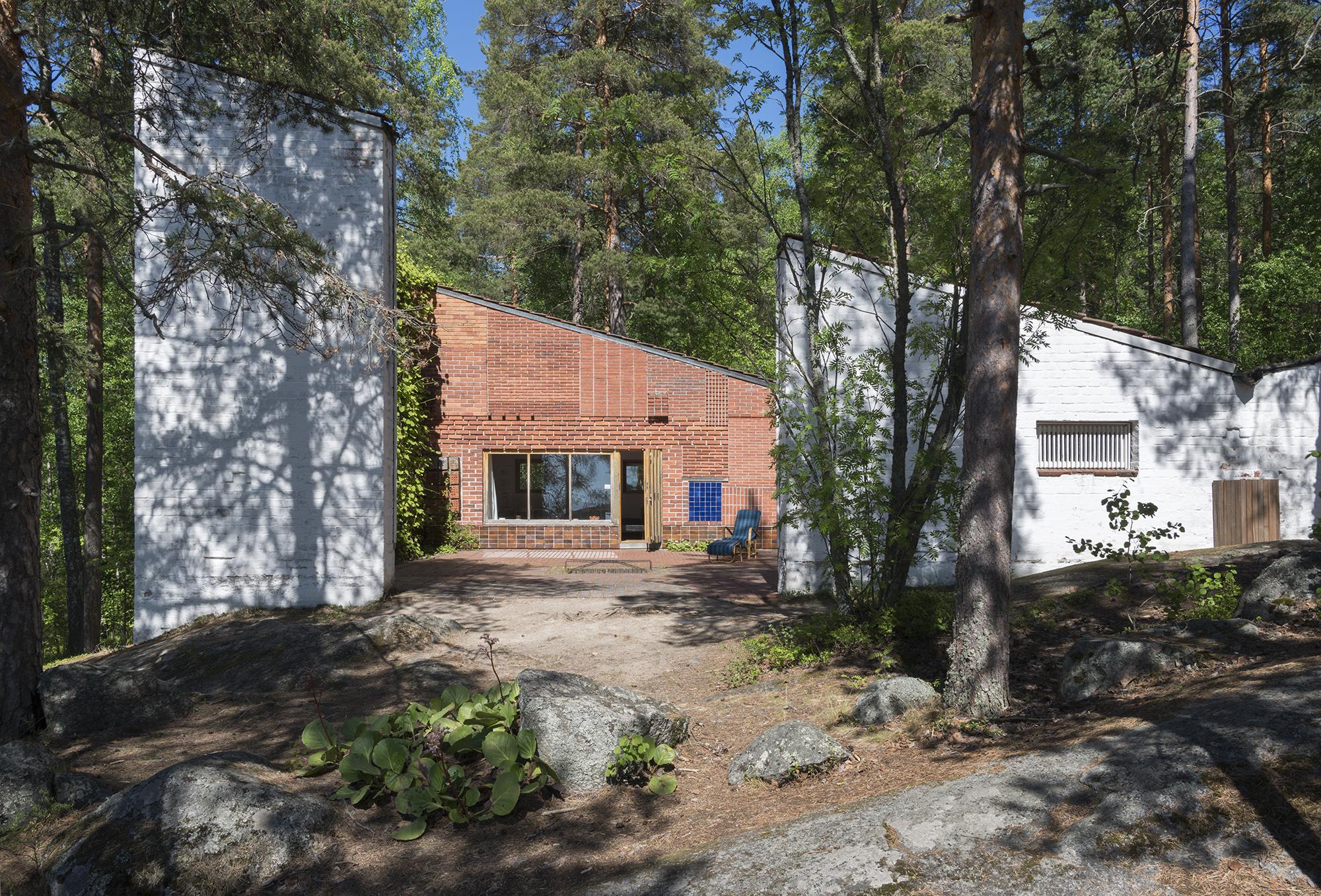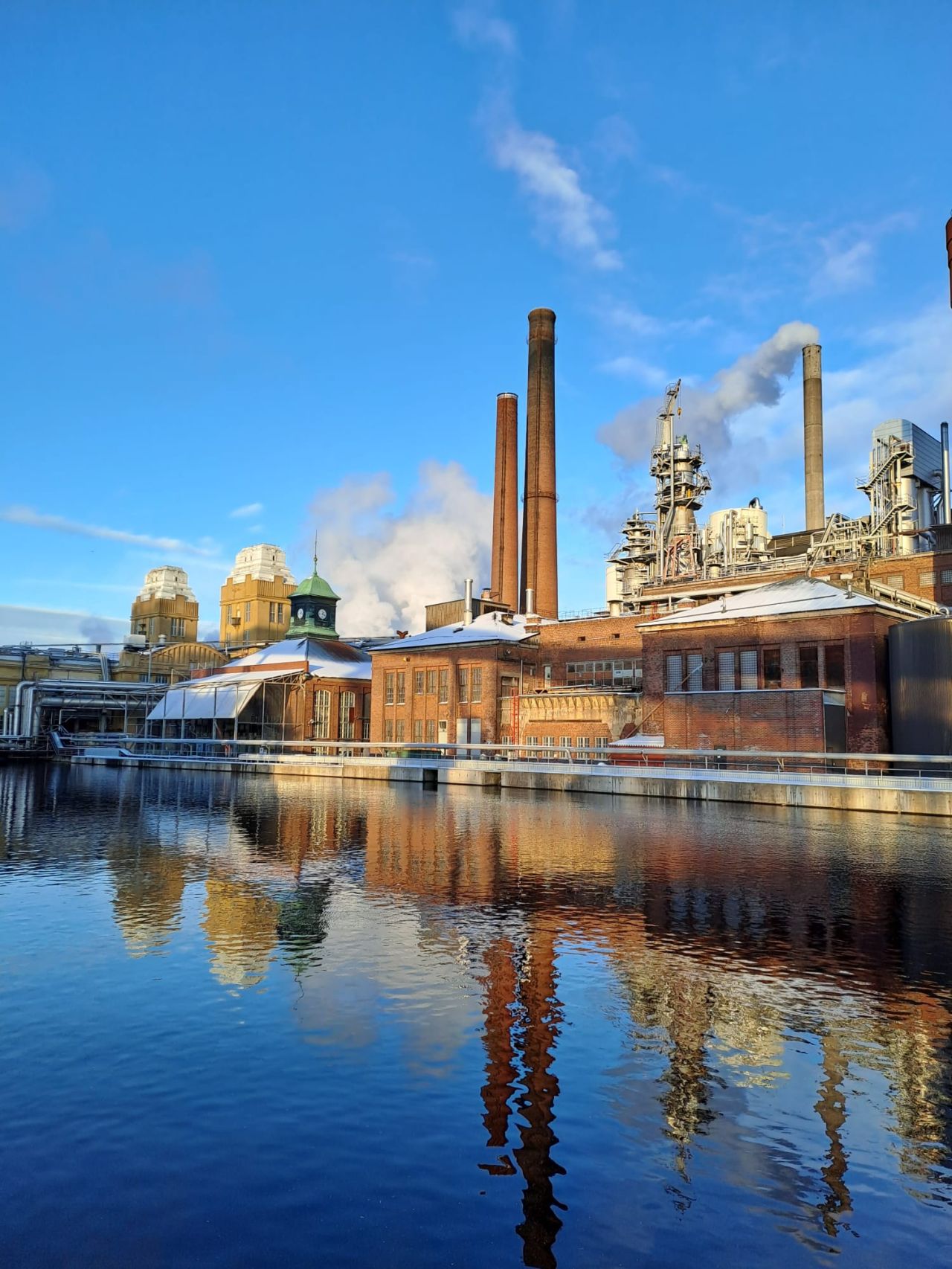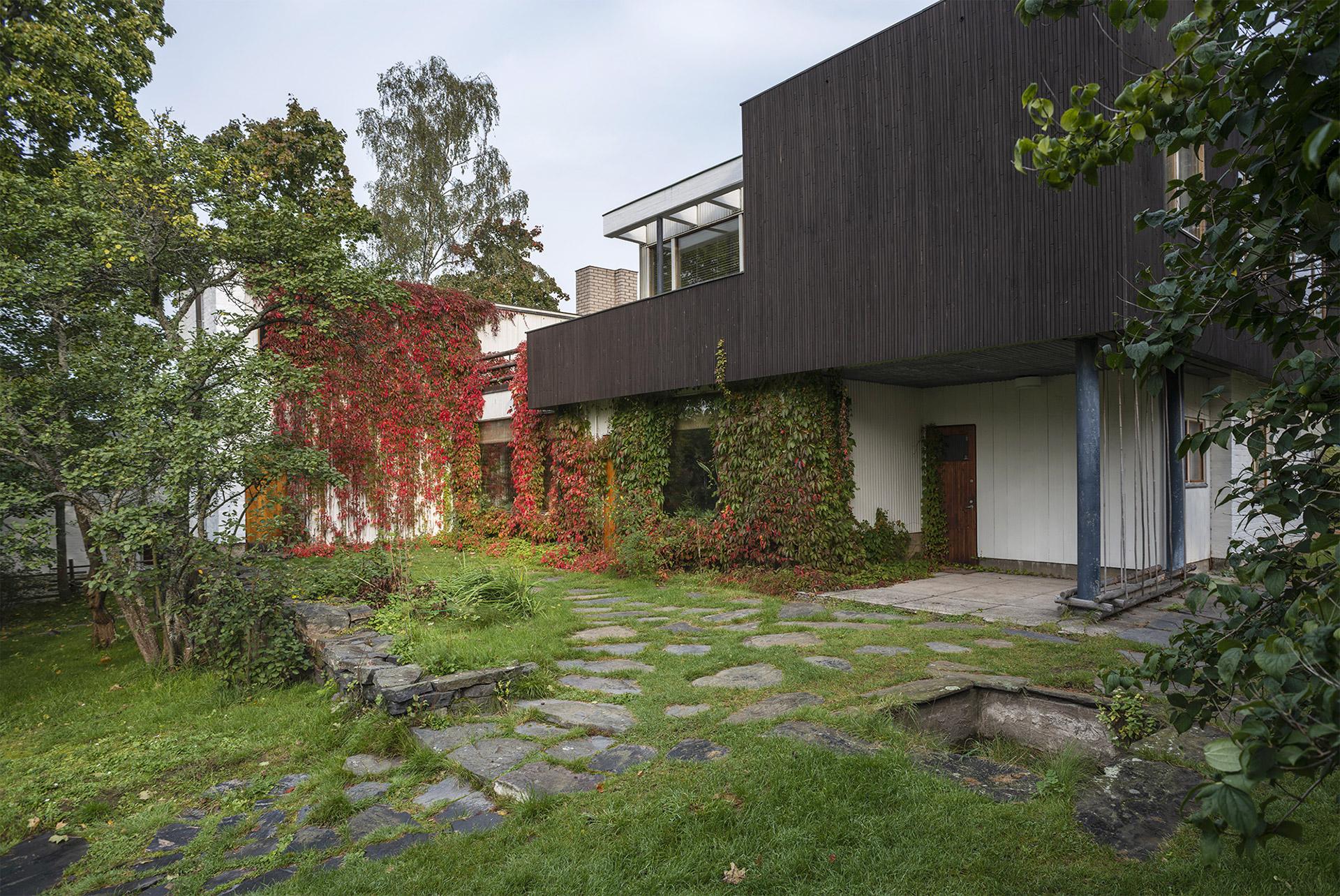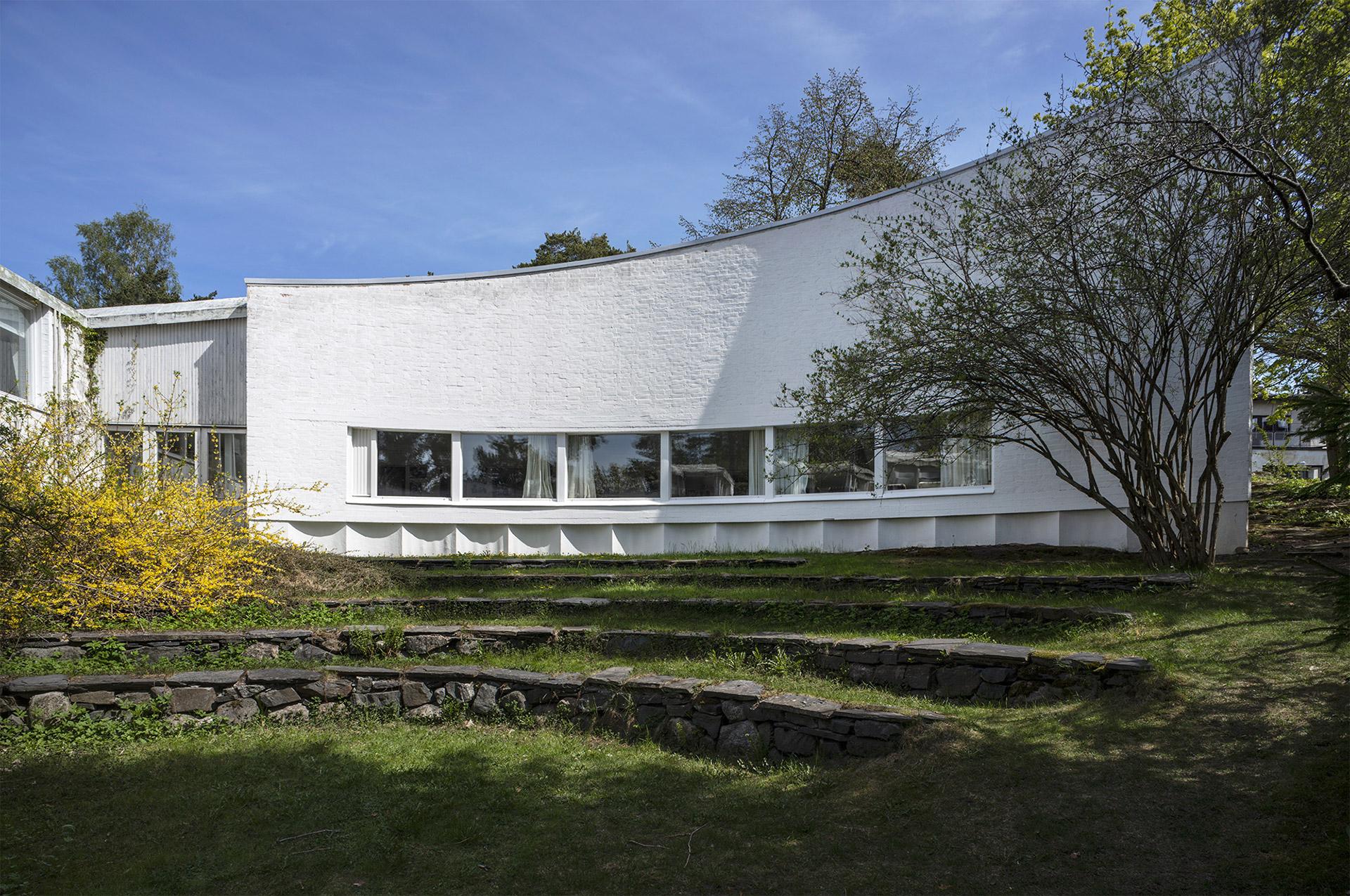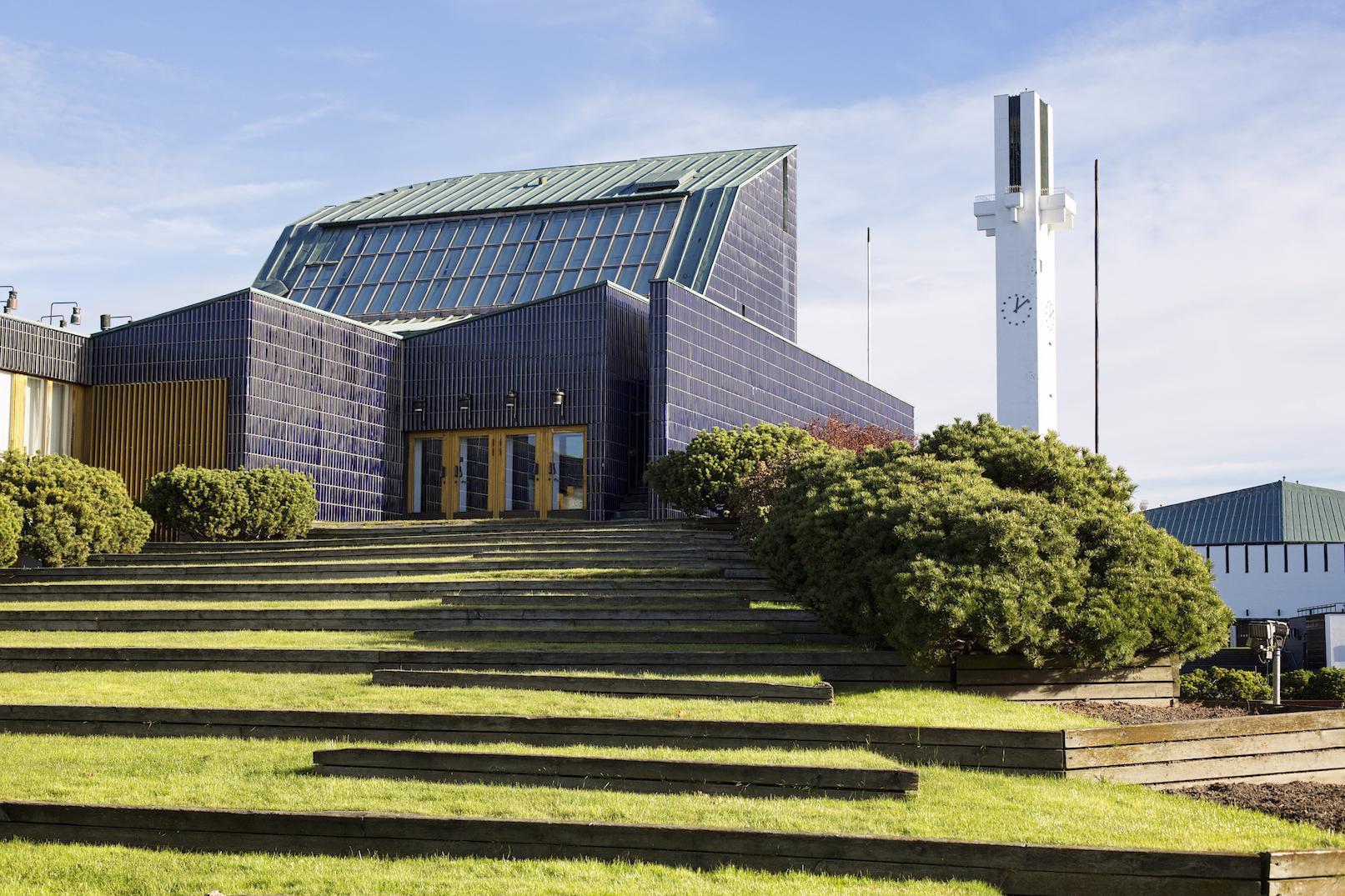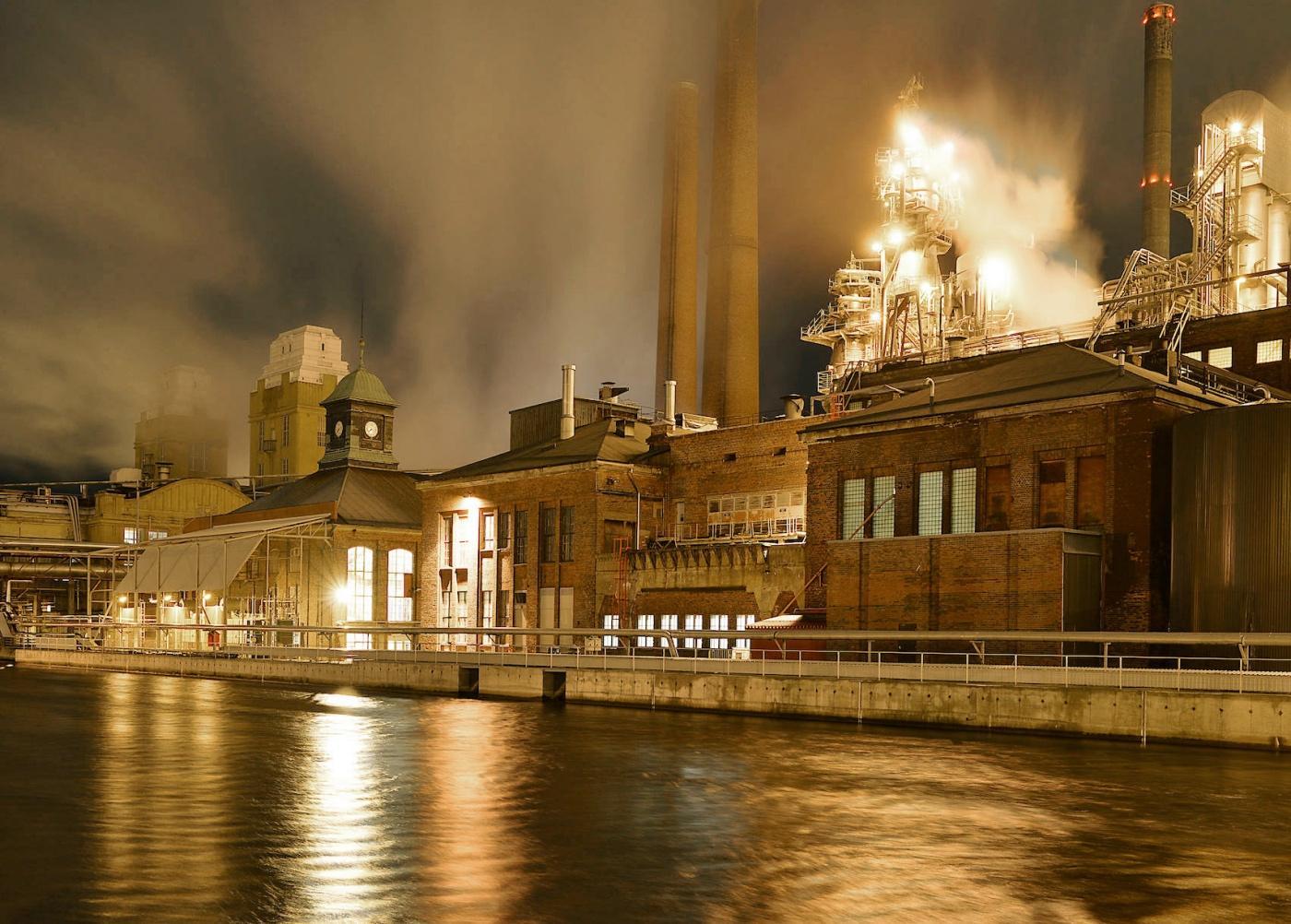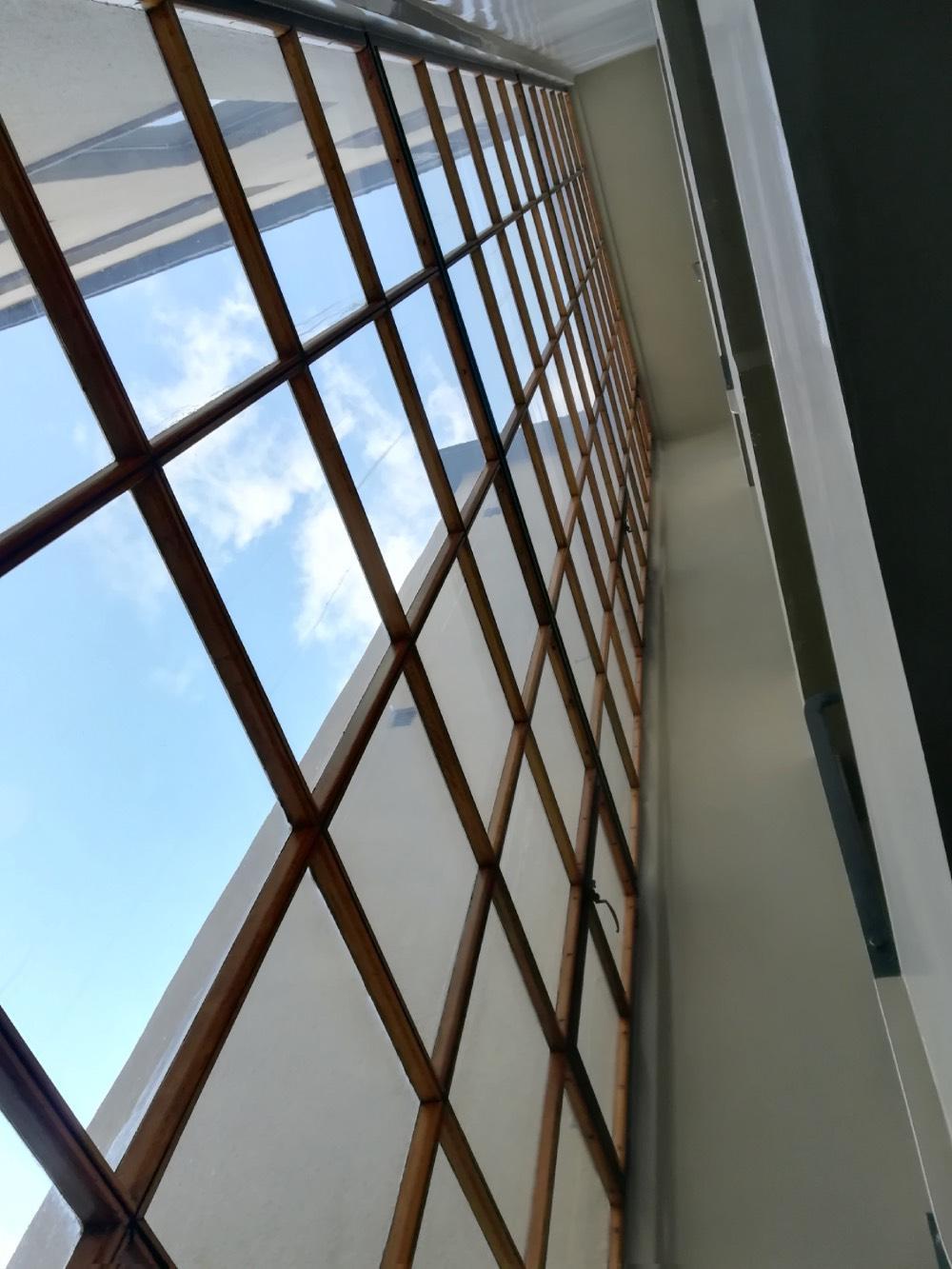Varkaus offers a fascinating blend of industrial heritage, Alvar Aalto’s architecture, and the serene beauty of the Saimaa lake district. This historic industrial town is where Aalto began his design work in the mid-1930s, leaving a lasting impact over the following decade. Exploring Varkaus is a unique opportunity to see how Aalto incorporated the principles of functionalism into everyday life and industrial settings.
Aalto’s contributions to Varkaus include a wide range of designs: industrial buildings, urban plans, and standardized type houses, many of which still serve as homes for local residents. The prefabricated houses produced at the Varkaus factory were distributed widely across Finland, supporting the nation’s post-war reconstruction and promoting practical, affordable living solutions. Varkaus is a testament to Aalto’s vision for a more equal and functional society.
Industrial Innovation and Excellence in Varkaus
With over 200 years of industrial history, Varkaus has cultivated expertise in a variety of fields, from ironworks and engineering to shipbuilding, wood processing, and paper production. Today, the town is also known for its cutting-edge energy technology. Part of the old industrial area has been transformed into a modern hub for aquaculture, producing environmentally friendly rainbow trout in the pristine waters of Lake Saimaa—a local specialty worth tasting.
Culture and Nature in Perfect Balance
In Varkaus, history, modern architecture, and lush nature come together in a harmonious urban landscape. The Saimaa lake district invites visitors to experience its tranquil waters and natural beauty, while local Savonian cuisine adds a delightful flavor to any visit.
A compelling addition to the town’s attractions is the Museum of Mechanical Music, where you can explore the fascinating world of mechanical music from the 19th century to the present day. This internationally renowned museum is a must-see for visitors of all ages.
In Varkaus, Alvar Aalto’s vision, industrial heritage, and the tranquility of nature combine to create a destination that captivates both architecture enthusiasts and those seeking a fresh perspective on Finnish history and culture.
Welcome to Varkaus – discover the harmony of Alvar Aalto’s design and industrial heritage by the shores of Lake Saimaa!
